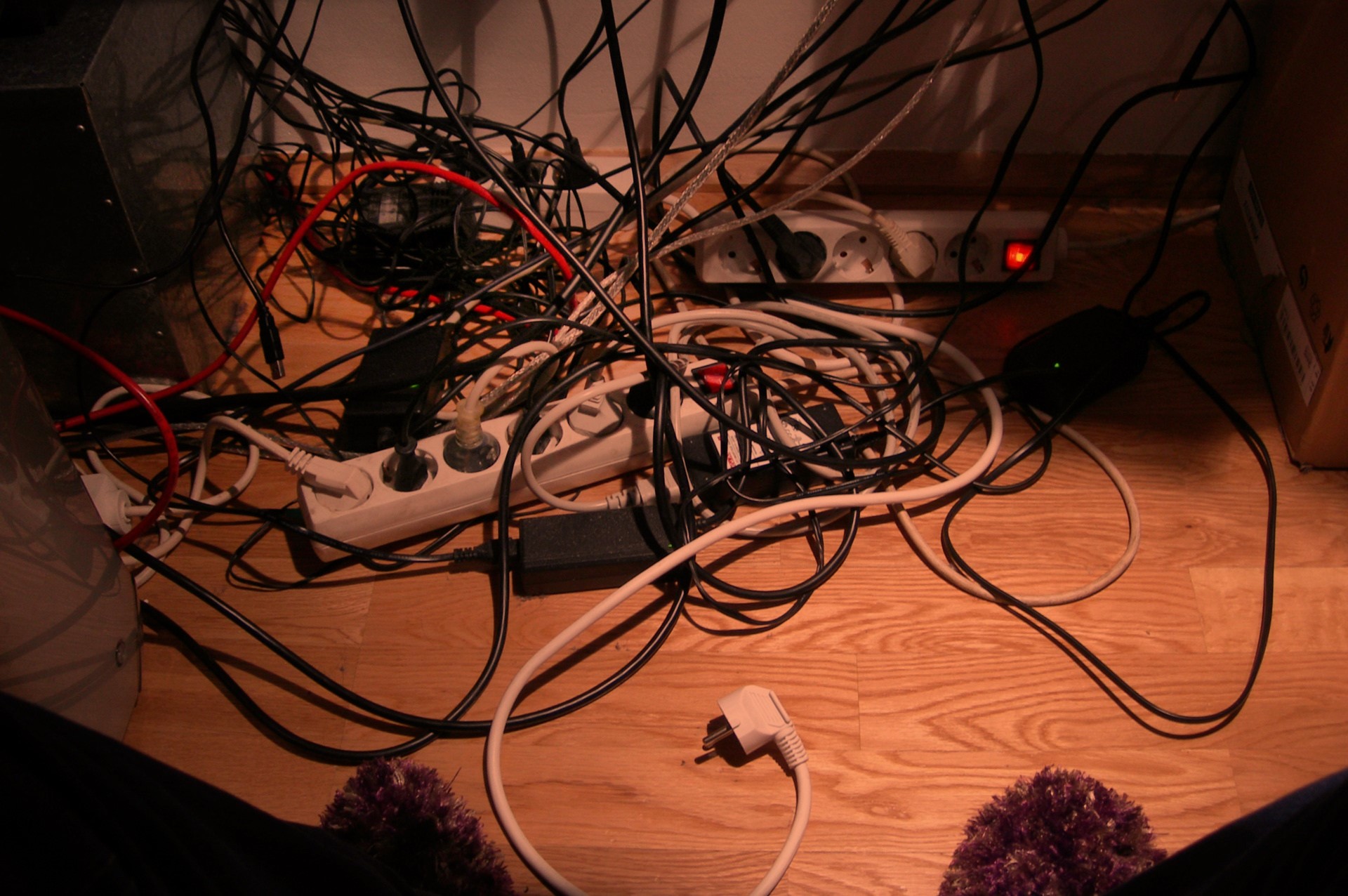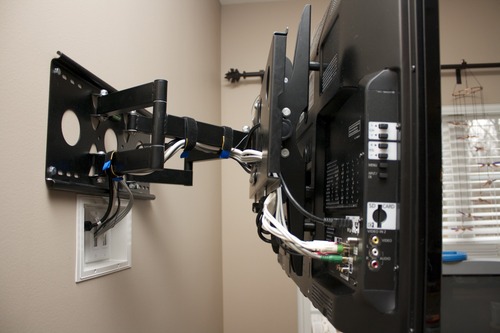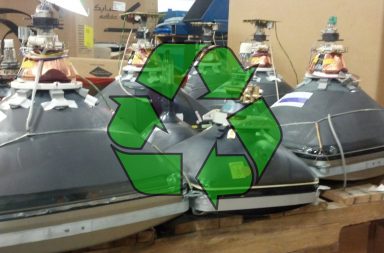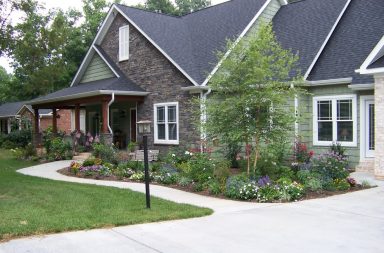3 Solid Tips to Save Yourself Some Grief On Your DIY TV Wall Mount
We recently published a DIY TV wall mount series of articles that many readers found useful. However, a good deal of follow-up questions let us know that some additional info would be well warranted for anyone considering this as a DIY idea.
Getting your own television mounted can seem like not only the simplest but most convenient little project you could ever tackle. In fairness, it is often a terrific idea when well-planned. Having it done could certainly save you a significant amount of floor space as well as optimizing your TV’s visibility. Before you go off half-cocked on your mounting project, though, you should read these important considerations first.
Have You Allotted Space and Storage for A/V Components?
Once upon a time, TV sets had some rabbit ears on top and a power cord–relatively easy to keep those organized, although a bit harder to watch your favorite shows on a 7” screen. Modern viewing in an average household demands a plethora of peripheral devices along with their associated cables. Let’s look at just a few devices you may want hooked up to your TV:
- Game console(s)
- Cable box
- DVR
- DVD/Blu-Ray
- Audio

The typical tangled undergrowth of a home TV
Most or all of these will require a safe storage location that is also relatively convenient to access within a fairly close proximity to your wall mounted TV. One possibility to keep your components within reach of the TV output ports is to install some floating shelves; another would be to keep a bookcase nearby. Drilling a discrete hole at the back of the bookshelf for the cables could maintain a pleasant visual landscape free from cable tangle.
Have You Worked Out a Plan for Concealing Cords?
Your cables feature prominently in any future aesthetic you have planned surrounding your TV. Remember: Even if you don’t plug a single thing into it, you will still have to contend with its own power cable dangling down the wall towards a nearby socket. Was a wall mounted TV with an awkward tail what you had envisioned?
If you didn’t plan on your beautiful flat panel having an unsightly trailing cable, there are a few answers you might pursue:
- Install your cables within the wall behind the TV (whether going with a professional or approaching the project yourself, check your local fire codes first to ensure that you don’t end up in violation)
- Install a power outlet directly behind the television, then bundle your cables sandwiched between the TV and wall
- Pick up a cord cover to conceal your cable as it runs to the wall socket–they are relatively inexpensive off of Amazon.
- Think about getting your components mounted right behind the TV so long as you only have a few to deal with

Nicely managed cables behind the TV
Is Your Wall Built to Handle the Weight Load?
It can be all too easy to assume that a wall is built with steel girders fortified by titanium. It looks solid enough! Even relatively small TVs are a good deal heavier than most paintings you may have hung. You are going to want to locate one or more wall studs to safely install and anchor your TV against. While there are methods for installation using drywall anchors, installing a larger TV with them is really tempting fate. We strongly advise locating a stud.
Staying Informed is Being Well Equipped
We hope you’ve found these considerations helpful before jumping into getting your TV mounted–we don’t want you wasting time or money and chancing damage to your wall or television. Taking the time to make sure you’ve found a good and safe spot on your wall, and accounting for your A/V components can make sure that you get the result you want without jumping through extra hoops. In case you felt like you needed more tips before starting your own diy tv wall mount, you can find them here.


